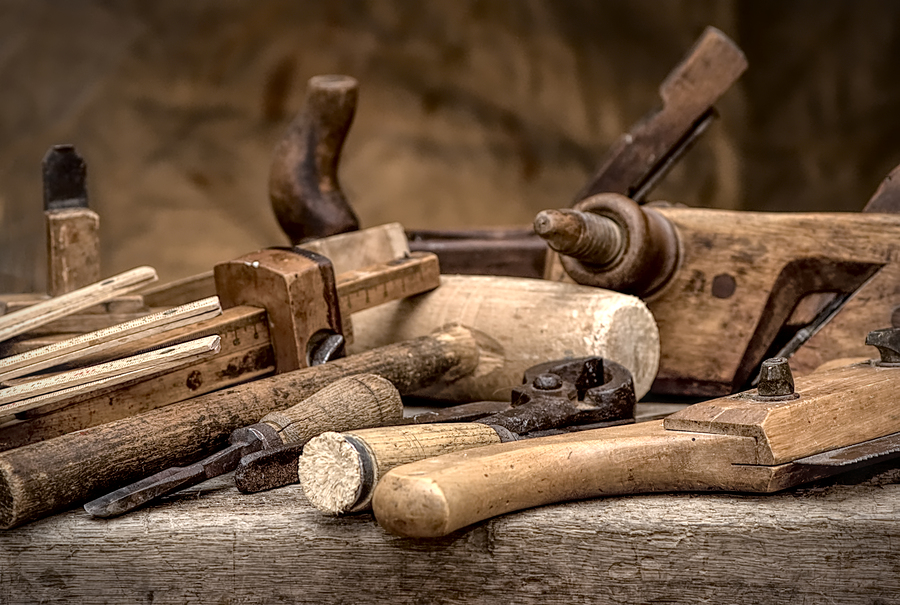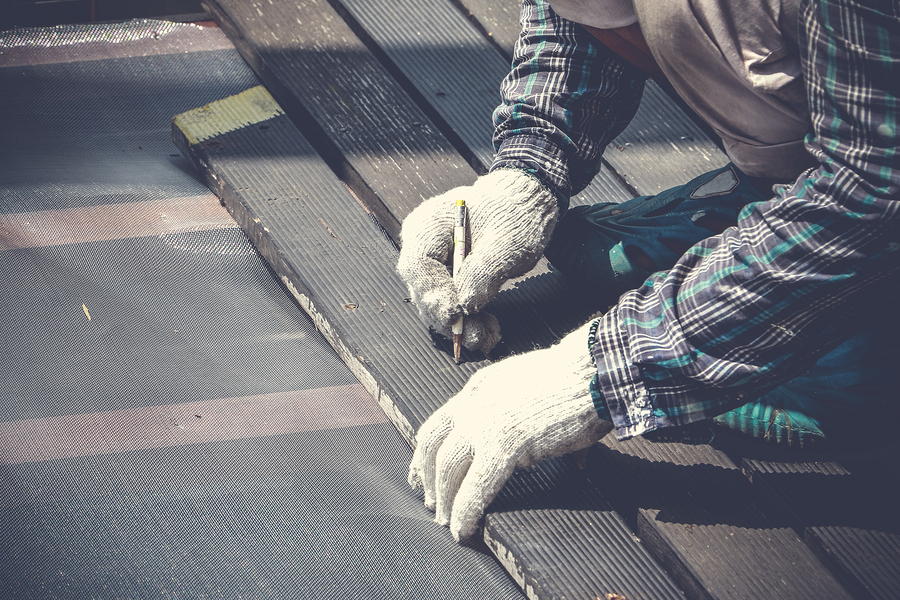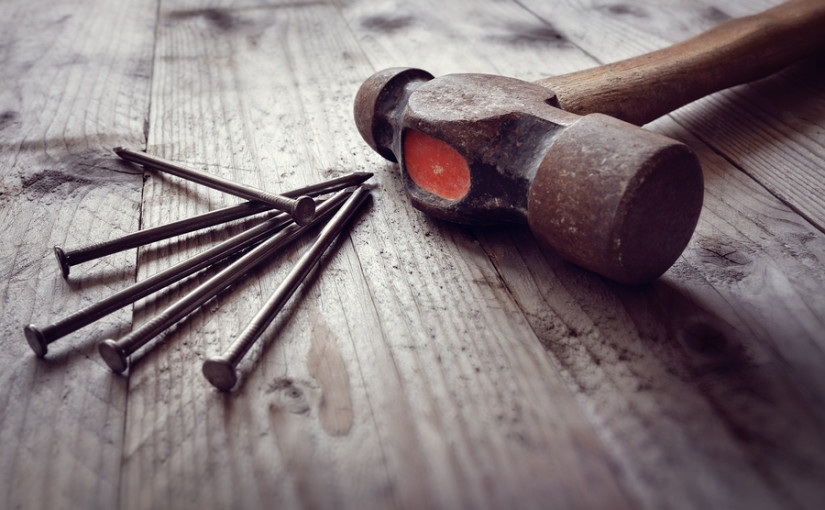If your home improvement skills are more ‘don’t it yourself’ than ‘do it yourself’, you might feel reluctant to try your hand at any new projects – but with a few simple DIY lessons to learn before attempting DIY again, you can avoid some of the most common pitfalls.
1. Stay safe
When you’re going to be working on a potentially dangerous project, make sure you take all appropriate safety precautions, as these are often overlooked.
That might mean protecting your clothing with overalls, or furniture with dust sheets; wearing protective eyewear and gloves; and switching off any fuse boxes or mains water supplies.
Use all tools in accordance with the manufacturer’s instructions, and if you’re still not sure, look up some video tutorials online to get the usage right with no slip-ups.
2. Use the right tools
We’ve all shredded a screw head while trying to ‘get by’ with the wrong kind of screwdriver or a cheap Christmas cracker socket set – but investing in just a few good quality tools can avoid this.
The basics include a decent hammer, an electric drill, a comprehensive screwdriver set, plus any specific tools for the task at hand, such as painting supplies, wood glues and so on.
Remember, a ‘good’ socket set is not necessarily huge – you won’t need hundreds of drill bits, sockets and screwdrivers for most common tasks, but a really good quality flat-head or cross-head screwdriver will fit much more snugly into the screw and avoid chewing up the head.

3. Measure twice, drill once
This goes for all DIY measurements – make absolutely certain that you have got them right before you do anything that will permanently affect the material you’re working on.
Measurements of lengths and distances are the obvious example of this, but it also goes for neat edges and for angles too, and a spirit level or laser line marker will help you to get shelves and other straight items dead level.
4. Plan it out
Before you actually drill that hole, hammer that nail or whatever it is you are working on, get everything ready, including the safety gear, tools and measurements mentioned above.
Mark in pencil where holes will be drilled etc, and only actually do the main part of the work when you feel comfortable that you are ready to do so.
Some people find it easier with others around to lend advice or to hold the spare screws or the other end of the shelf; others work better alone with no onlookers, so decide what suits you best, and try not to let the stress get to you in the heat of the moment.
5. Call in the experts
Having said all of the above, sometimes it’s best to leave it to an expert, especially if you’re trying to do something you know is not your area of expertise.
Electrical wiring and plumbing – unless you’ve been properly trained or have good first-hand experience – are not the kinds of areas where you can just ‘have a go’ without potentially causing significant damage or danger.
DIY is best kept to the kinds of projects you can realistically do yourself – and by starting small until you gain some confidence, you can lay the groundwork to tackle more ambitious plans later.

